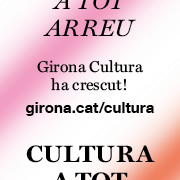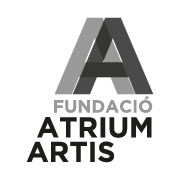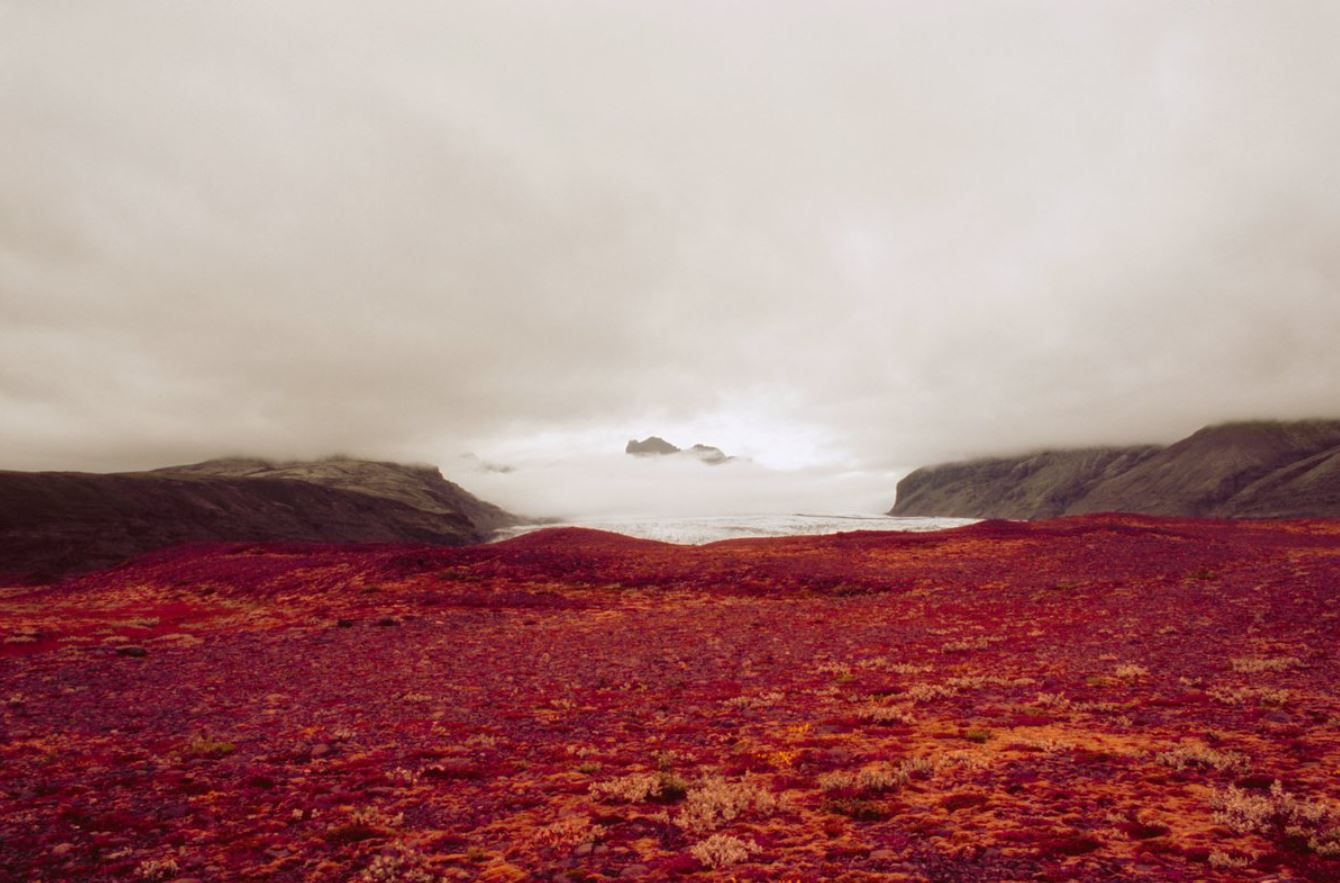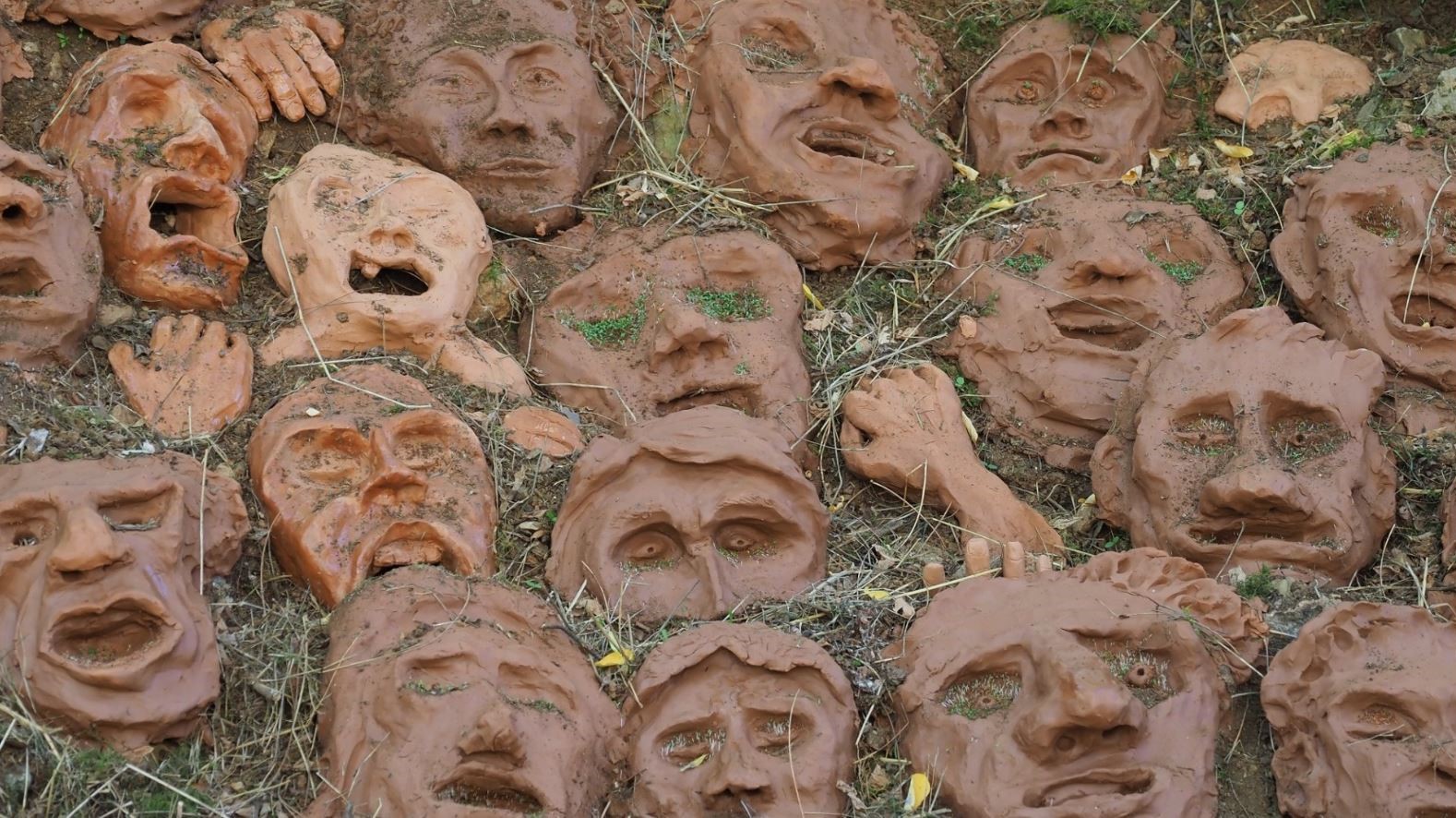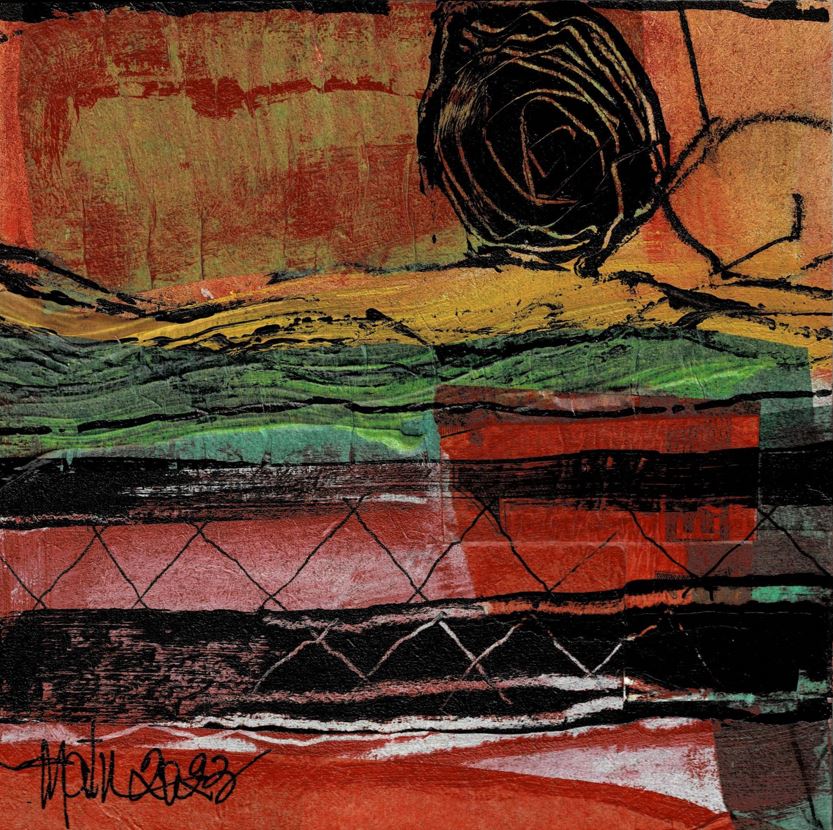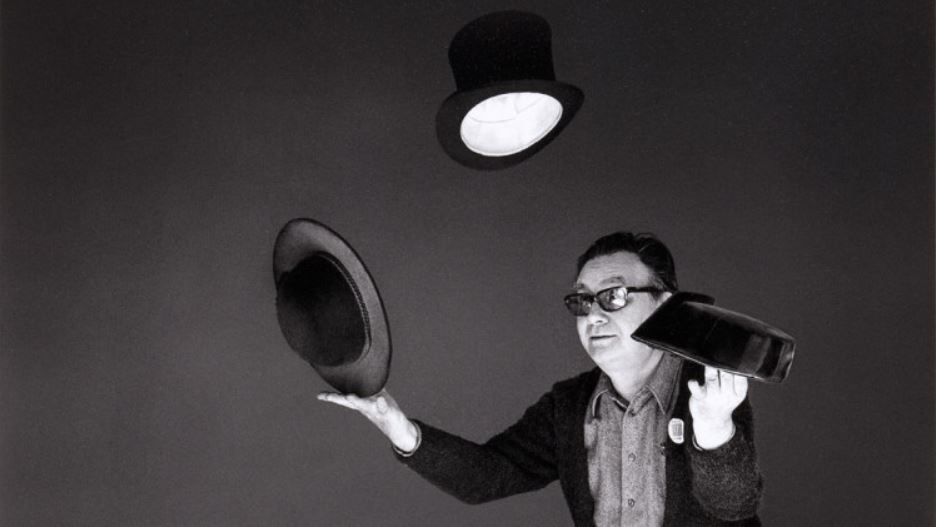interviews
Beatriz Herráez: "The museum is not only defined by what is in the exhibition rooms, but by what it generates in its immediate environment"
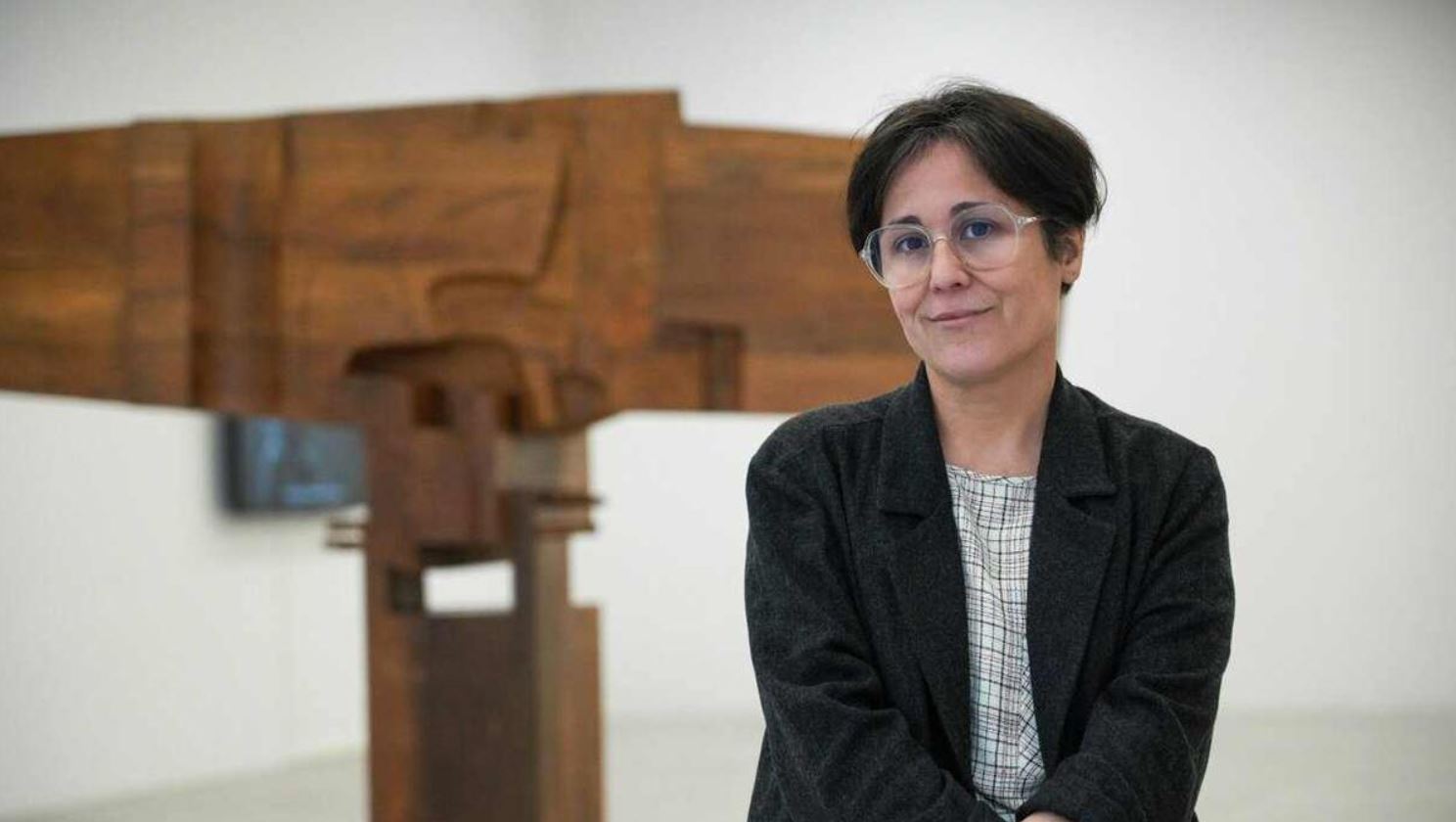
Beatriz Herráez is a prominent curator of contemporary art and, since 2018, she directs Artium, the Contemporary Art Museum of the Basque Country, in Vitoria-Gasteiz. With a recognized career in the field of cultural management and curatorship, he has worked in institutions such as the Montehermonoso Kulturunea Cultural Center, MARCO de Vigo, MUSAC de León, the Reina Sofía Museum in Madrid and has promoted numerous exhibition projects both at national level as international
Under his direction, the Artium has established itself as a benchmark in the preservation and dissemination of contemporary Basque and international art. Herráez has stood out for her commitment to incorporating the gender perspective in the museum's collections, recovering and giving visibility to women artists who had traditionally been marginalized. In addition, it has promoted a transversal vision of the museum, integrating education, research and connection with the local community in its programs, as well as fostering networking with other cultural institutions such as the Museum of Fine Arts of Bilbao and Tabakalera de Donostia.
Ricard Planas Camps. I would like to start the interview with the empowerment of women in the field of museums. There are practically no women in museum collections or very few, Artium does not escape this trend...
Beatriz Herráez. Well, this is a question that marks and determines the work done in the museum from a transversal perspective. We try to ensure that this diversity of voices, practices and ways of doing things is represented and is part of the programs that communicate with the public. Obviously, the collection is a cornerstone of this museum, and it is a contemporary art museum that began its collection in the early 1970s. At that time, the question of incorporating egalitarian discourses was not it had been contemplated, but, fortunately, since the last few years it is something present in the approaches of any museum dedicated, above all, to the practices of contemporary languages.
PRC Which lines work?
BH. On the one hand, we attend to the most contemporary production by working on projects that contemplate this notion of equality in the theaters, but we are also making an important effort encouraging the recovery and revision of history with works by artists who built the col· museum lesson initially. For example, we have seen that it was possible to dialogue works by Mari Paz Jiménez, who is an artist who was in the museum's collection but had never been shown, with works by her contemporaries and generate a story that made sense and bring a new way of understanding our history.
PRC Thinking about the future, how could these practices be equated a little more? More targeted shopping?
BH. Yes, I believe that this is the responsibility of a museum and a public institution, which is also financed with public money in its vast majority, but not entirely. There are several lines of action: on the one hand, the number of historical artists that are part of the collections must be increased, not just the funds. These works, these speeches and these debates that also arose a few decades ago must be made known and put in focus; and, on the other hand, an equal perspective must be taken in the acquisition of artists. It also has to do with the redistribution of public resources, not only in the number of works, but also in the redistribution of budgets dedicated to acquisition. At the same time, also in matters related to research programs. The museum has a very important part that is linked to the university, which at the same time is linked to research factories and documentation centers, from where they promote, activate and also accompany research that allows these works and artists are added to the collection.
PRC Talk about research, at an educational level almost 20,000 students pass through the space annually. In what sense are you interested in this area of research? How are you working on it and with what perspectives?
BH. The museum is a fundamental educational resource. We understand that working at a very early age ensures, guarantees or at least offers tools for them to end up in a museum and for them to understand that it is a space to return to. All the work that is done at the school and university level is one of the most important lines of action of this museum. We have, for the past two editions, a course with the UNED, which is precisely aimed at its most specialized audiences in languages and contemporary art debates. We also work continuously with the University of the Basque Country and the Faculty of Art History in Vitoria-Gasteiz. In fact, reflection on educational practices and art technologies in relation to training is also present in our exhibition program. And we have just closed the second of three expository episodes of a long-term investigation, driven by curatorial teams, which precisely deepen this line. This way of working transversally, allowing the circulation of spaces that feed each other—the exhibition space, the collection space, the research space, the education space...—is what can summarize the operation of the museum We try to make the spaces, the work areas and the different departments work hand in hand.
PRC This year there is the commemoration of two great sculptors from the Basque Country: Basterretxea and Chillida.
BH. This year has been the centenary of the birth of two of the great names of Basque art, and this has led us to celebrate the work of these two figures in a very interesting way. We have a Chillida exhibition that opens in a few weeks, about the Chillida that is not as recognized or not as well known, but more iconic. There have been many exhibitions this year linked to his work and his legacy as an artist, but we will focus on the work he did as a graphic designer, as a logo designer. It is a work more linked to the applied arts and which also has a lot of social involvement.
PRC And with Basterretxea...
BH. In the case of Basterretxea, we have mainly focused on the archive. The Basterretxea family deposited more than 5,000 documents in the museum, including writings, photographs, projects and drawings. It is an archive that we have catalogued, which can be consulted online and which has allowed us to deploy an exhibition more linked to the documentary space or the documentary work of his figure. The centenary of Basterretxea has generated a network between the institutions so that each could offer different aspects of his production and offer a complementary image of the artist. We have also worked in a coordinated manner with Gorka Basterretxea, who is one of his sons. It has been enriching, especially because, through this type of exhibition more linked to the archive, to the writings, to the documentation, we have been able to meet a multifaceted figure in many aspects and involved in very diverse issues.
PRC He spoke about the network relationship between the different museums of the Basque Country. What is networking like?
BH. I think we are in an interesting moment, there are many projects that have to do with this idea of adding or working together. We have our own collection, which is more historical and more linked to the program, but we have another project called a shared collection, in which, together with the Museum of Fine Arts of Bilbao and Tabakalera, we acquire works by artists every year live in the Basque Country, who work in the Basque Country or works that are linked to this historical memory. There are also other projects that have been underway for years and that have to do with this idea of networking between institutions. For example, we have just closed the fifth edition of the JAI - Instituto de Prácticas Artísticas summer school, which we coordinate together with Tabakalera. We wanted to work together to encourage that the artists who exhibit do not leave and remain linked in one way or another to the museum. The teachers of this project are artists. In other words, it is a project by artists for artists, or rather, an artist school that also trains curators, writers and thinkers. We invite the artists who are part of our programs to be students' teachers. Therefore, almost every week, the students have a teacher who has exhibited at Artium or Tabakalera. Networking is essential to nurture a context and, at the same time, to nurture ourselves from that context.
PRC There is a new Minister of Culture in the Basque Government, how are the relations?
BH. I met the new councilor at the Gure Artea awards ceremony and I'm sure we'll continue to have a very good relationship. I think that at the moment, as I told you, there is a positive way of working that will remain. I hope that we continue to grow, that there will be many more initiatives and projects.
PRC Future prospects or projects you would like to carry out ?
BH. Well, keep working as you have been. Continuing to work on the exhibition program that is already being built and then, mainly, one of the projects that we are putting a lot of energy into and that we are working on in a coordinated way from different departments has to do with public space of the museum There is an internal square that we have been activating and that has been working from it, with it and for it, in which we have installed a lorategui, a small garden and an urban garden, which is guarded and worked on by a group of neighborhood carers.
PRC And Esther Ferrer's work...
BH. Recently, we have also finished the installation in the internal square of a large ceramic floor mural piece by the artist Esther Ferrer, also in line with what we discussed about recovering women and their works. It is a piece that is 20 years old, that was in another space and was deteriorating, and thanks to the work and dialogue with the artist, we were able to recover it and put it in a visible place. This work of the museum with the internal square, and what the museum thinks about from its relationship with the closest environment, with the outside, with the neighborhood, is one of the issues that is taking us the most time for reflection since all the teams, in order to work across different areas: that of the public, restoration, acquisitions of works of art, public programs of dance, cinema...
PRC And to finish, a final reflection.
BH. Since the pandemic, this idea that the museum is not only defined by what is in the exhibition rooms, but by what it generates in its immediate environment, has been very effectively activated. Thinking about public space, being outdoors, taking to the streets, is something that we will probably produce more and more intensively in the future and, therefore, we are currently working on it very strongly.


